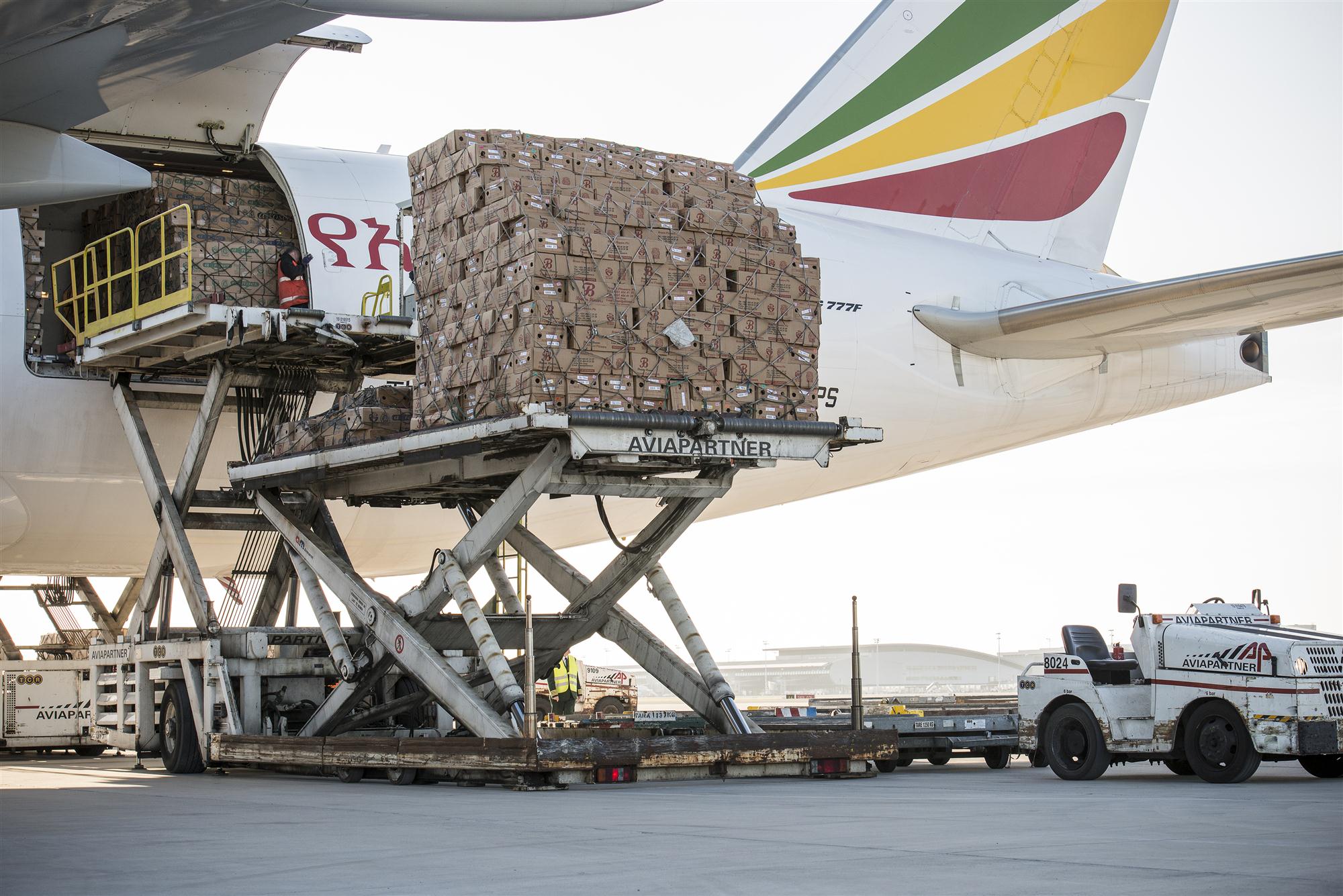The International Air Cargo Association has launched its new online Cargo Service Quality tool to improve visibility and facilitate new air cargo standards.
According to TIACA, Oman Aviation Services, SATS Ltd. and Asia Airfreight Terminal are the most recent terminal operators to enlist in the programme.
“This is a prime example of airports leading the way for change in their communities, through embracing an environment of collaboration and visibility,” said Steven Polmans, vice chair of TIACA and head of cargo and logistics at Brussels Airport Company. “Given the success of the pilot, we are very excited that this TIACA initiative is now being made accessible to the wider industry, and we encourage interested parties to get in touch.”

The new online tool is a worldwide campaign by TIACA to set global benchmarking standards for the air freight industry to adopt and enhance quality across the chain. The tool is made up of four parts: benchmarking, assessment, improvement and excellence. Participating cargo terminals can provide ratings on factors including process, technology, facilities, regulators and general airport infrastructure, amongst other variables.
Almost 200 air cargo supply chain companies participated in the trial last year.
“Momentum behind TIACA’s new CSQ tool is rapidly accelerating, and we are currently in advanced talks with dozens more air cargo supply chain companies, from Europe and Africa to Asia and North America, eager to sign up to the programme,” said Sanjiv Edward, board member of TIACA and chief commercial officer of Delhi International Airport. “Our first production live assessment will take place in April this year and, given the success of the pilot, we are looking forward to demonstrating to the global air cargo community the ability of CSQ to initiate change and drive up performance.”
Following completion of the pilot, Kenya Airports Authority pledged to fully adopt CSQ by mid-2019 at all airports across the country, representing the first nationwide implementation of the assessment tool, according to TIACA.